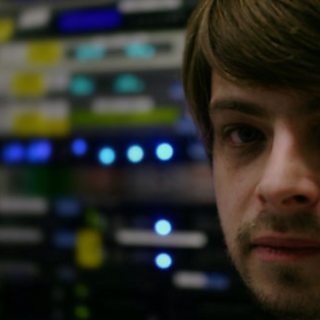Personal devices with loudspeakers can be orchestrated to increase immersion from low channel count reproduction systems. A trial production was conducted to investigate the content creation workflow and delivery mechanism for orchestrated devices. The content (a 13-minute science-fiction drama entitled The Vostok-K Incident) included: a stereo bed; elements only replayed from auxiliary devices; and elements that could either be in the stereo bed or replayed from auxiliary devices. A bespoke production environment was established, including plug-ins for authoring the metadata needed to utilize the rendering ruleset.
Ambiguity in the reproduction system, coupled with flexible and complex metadata authoring requirements, made the production challenging and time-consuming. Future work will focus on refining the production process and developing delivery tools.
at the , as eBrief number 461.
The original paper was published in October 2018; at the time of submission, The Vostok-K Incident production had not been released. As of publication of this white paper, The Vostok-K Incident is available to hear online.
Authors: James Woodcock and Richard J. Hughes (University of Salford), Chris Pike and Jon Francombe and Kristian Hentschel (大象传媒 R&D), and Anthony Churnside and Eloise Whitmore (Naked Productions).
White Paper copyright
漏 大象传媒. All rights reserved. Except as provided below, no part of a White Paper may be reproduced in any material form (including photocopying or storing it in any medium by electronic means) without the prior written permission of 大象传媒 Research except in accordance with the provisions of the (UK) Copyright, Designs and Patents Act 1988.
The 大象传媒 grants permission to individuals and organisations to make copies of any White Paper as a complete document (including the copyright notice) for their own internal use. No copies may be published, distributed or made available to third parties whether by paper, electronic or other means without the 大象传媒's prior written permission.

